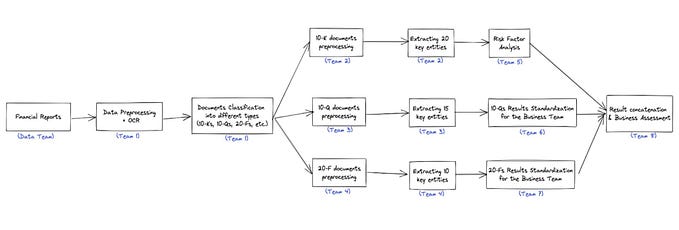Credit through UPI: Need for regulatory clarity
This post explains the legal grey areas in offering credit through UPI. It provides a snapshot of regulatory action by NPCI and highlights implementation issues which must be resolved to enable this use-case.

Moving money through UPI is like taking an Uber between two deposit accounts. UPI picks money (already lying-in deposit accounts) and moves it to another deposit account, like bank accounts and PPI accounts.
But what if UPI could travel to and from other destinations? Like loan accounts, fixed deposits, or liquid mutual funds. What if you could pay through UPI by accessing a short-term loan from a digital lender? We conducted a LinkedIn poll last year, where we asked participants which underlying account they would prefer to make UPI payments: 36 % respondents chose credit products. Credit on UPI, we think, is a powerful value proposition. Our partner, Aparajita Srivastava, also spoke about credit on UPI at the Carnegie Global Tech Summit and explained why UPI is the most efficient rail to distribute financial products.
But the regulatory landscape for credit on UPI is fuzzy. Right now, only bank and PPI accounts can be the underlying asset to pay through UPI. NPCI enabled credit through overdraft (OD) of bank account under UPI 2.0. But it prohibits any other form of credit through UPI. In July 2021, NPCI reportedly asked fintech players to stop offering non-compliant UPI credit products. But after examining the issue and consulting industry players, NPCI has reportedly sought RBI’s approval to enable credit through UPI. In terms of implementation, reportedly, it is likely that credit-based payments on UPI will be routed through a PPI wallet which is loaded using a credit line from a bank or NBFC. After RBI mandated interoperability of PPI wallets through UPI by 31 March 2022, this is a viable solution. Another issue which requires clarity is the Merchant Discount Rate for credit-based UPI transactions.
The success of credit on UPI also hinges on fintech players. Tech players like GooglePay and PhonePe were key to UPI’s success. They have enabled mass adoption of UPI through their technical expertise and vast marketing budgets. Growth of digital lending is also attributed to tech players like LazyPay and Simpl. They enabled cheaper and quicker loans. So, NPCI regulations must also allow tech players (regulated and unregulated) to participate in the UPI credit ecosystem. All in all, the success of credit on UPI depends on how effectively and quickly RBI and NPCI frame the regulations and work together.
This post has been authored by the fintech team at Ikigai Law.









